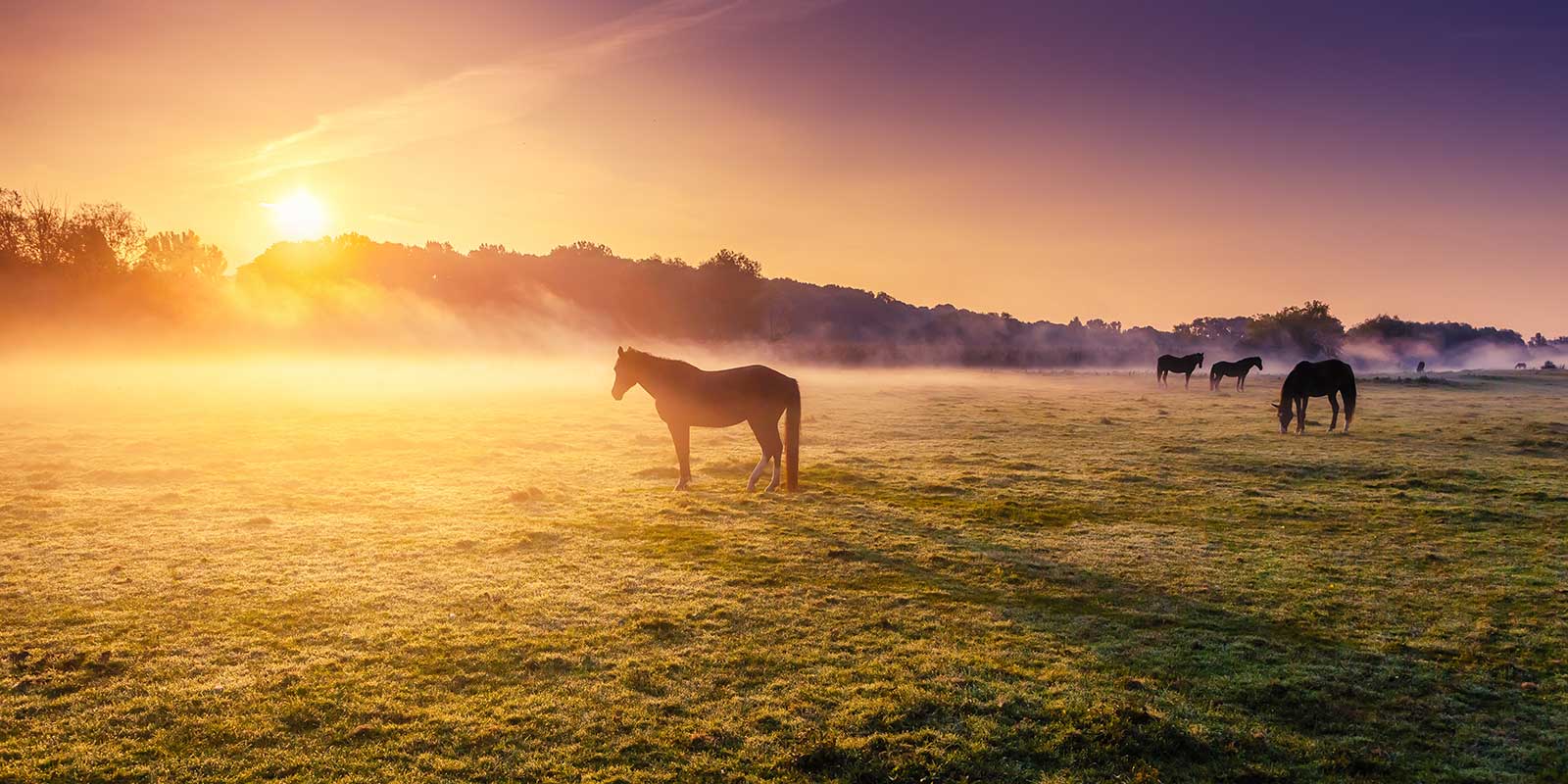6 Smart Items to Consider When Buying a Ranch Property
 Are you considering buying a ranch property? Even though owning a ranch comes with its set of challenges, it is possible to achieve huge returns. However, there are important factors that you must put into consideration. This article involves a detailed list of items you should factor in before buying a ranch property.
Are you considering buying a ranch property? Even though owning a ranch comes with its set of challenges, it is possible to achieve huge returns. However, there are important factors that you must put into consideration. This article involves a detailed list of items you should factor in before buying a ranch property.
1. The Soil Type of an Area
The type of soil available in an area is a very crucial factor you should look into before investing your money on a ranch. Even though commercial feeds are important to your herd, leaving them to graze once in a while could save you a reasonable amount of money. You should, therefore, ensure that the land you are buying supports the growth of, pasture, fodder and other plants that are fit for animal consumption. This can be done by having the soil surveyed to test for factors like available water, depth, and topographic positions. Where possible, settle for areas that have loamy soils since they are likely to produce the best plants. Rocky and sandy areas should be completely avoided since they can hardly support the growth of plants.
2. The Availability of Water
Beef cattle may require as much as 30 gallons of water per day. Water intake is dependent on factors such as age, stage of production, environment and body size. Water aids in animals digestion, excretion, nutrients absorption into their bodies, body temperature regulation and also helps in metabolism through the transportation of metabolites. You also require water to grow fodder for your cattle. An area with a regular flow of water is, therefore, more favorable. A borehole could be an added advantage.
3. Property Zoning
The local authority of an area may restrict people of that area from undertaking various activities on their land. For example, certain zoning laws may require residents of a certain location to build houses in a particular way while others may restrict residents from practicing farming. You should consult the authorities to get insight on what is required and if ranching is allowed, get a zoning permit from the local zoning agency. If you spot an area that is favorable for ranching but is restricted by zoning laws, you can request for changes in zoning, according to Lone Eagle Land Brokerage, Inc. Failure to adhere to zoning laws could lead to civil fines, penalties or even imprisonments. It could also lead to denial of a zoning permit in the future.
4. Climatic Conditions of an Area
The climate of an area could have a great impact on your animals and the fodder planted for your animals’ consumption. For example, a drought prone area of may not be suitable for ranching since hot weather can lead to drying up of fodder and pasture leaving animals with nothing to graze. This could lead to a decrease in your beef production. On the other hand, very low temperatures can cause stress to your cattle. Stress in animals can reduce their meat production. When choosing a location for your ranching, settle for an area that does not suffer adverse conditions to avoid the extra cost of maintenance and losses. You can consider areas that have adequate rainfall to ensure the growth of pasture and fodder for your animals.
5. Environmental Conditions
Environmental factors should not be taken for granted when buying a ranch. Issues like proximity to toxic sites and air pollution can affect the health of your cattle leading to diseases or even death. Security of an area should also be taken seriously to avoid losing your cattle to thieves. Ensure that the area is free from cattle diseases outbreaks to avoid the costs that may come with seeking medical care for your animals.
6. The Size of Land Available
The number of cattle you want to rear highly determines the size of land that you require for ranching. There is no standardized size of land required for a given number of cattle. The amount of land varies with factors like the annual prescription, weather, and forage. Your ranch should, however, be big enough to avoid congestion which could lead to soil erosion. Overstocking can also cause food competition leading to fast depletion of pasture. Research has shown that overstocking can also have negative affect cows behaviorally and physiologically.

















